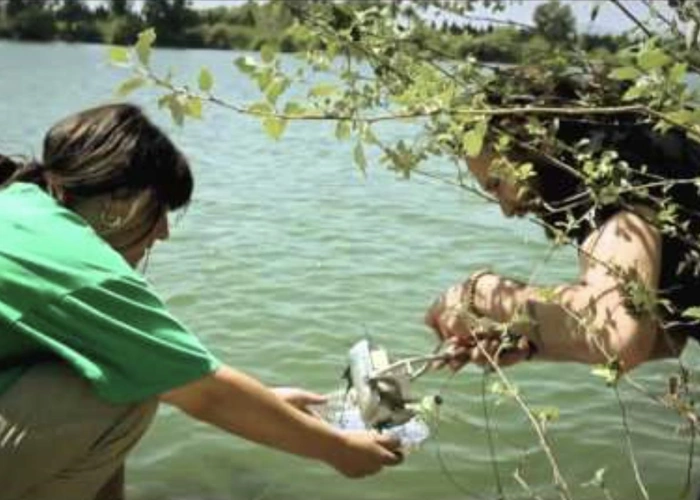GLOBAQUA

Adapted from the project website
About
Water is one of the most essential natural resources, and water-related services are major components of human wellbeing and socio-economic development. Currently freshwater systems are under threat by a variety of stressors. Although the interaction between stressors can result in complex effects on organisms and ecosystems, little is known beyond the described effects of single stressors on the chemical and ecological status of water bodies and on their ecosystem functionality. This lack of knowledge limits our capacity to understand ecosystem responses to multiple stressors. Water scarcity is a key stressor in many river ecosystems as it tends to exacerbate the detrimental effects of other stressors. It is a serious environmental problem in many European regions that will likely increase in the near future as a consequence of augmented abstraction and climate change, and will force managers and policy-makers to change their current practices. Within this context, GLOBAQUA approached this problem by assembling multidisciplinary perspectives that encompass climate, hydrology, chemistry, ecology, ecotoxicology, economy, sociology and modelling in order to study the interaction of multiple stressors within the frame of strong pressure on water resources. The aim was to identify the interaction among stressors under water scarcity in order to improve the knowledge on relationships among multiple stressors and attain a better understanding of how current management practices and policies could be improved. In order to achieve this, GLOBAQUA studied 5 river basins (GARBs: Ebro, Adige, Sava, Evrotas, Anglian) and a regional aquifer (Souss Massa) where water scarcity is a present or potential issue.